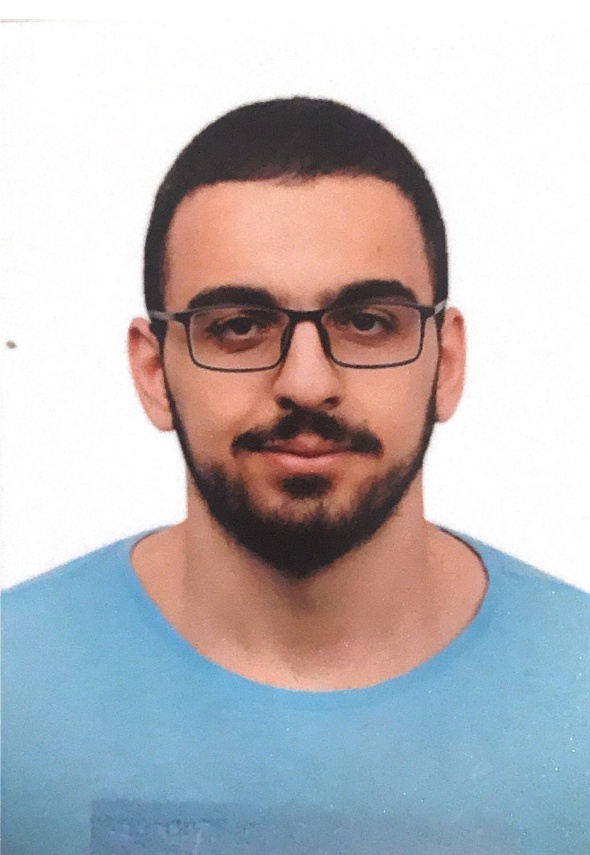We’re all familiar with the traditional three phases of matter: solid, liquid, and gas. But when quantum mechanics are involved, these three states aren’t the full story—and a new study led by a University of Alberta graduate student explores how these phases are affected as quantum-mechanical effects come into play.
“We investigated the physics of quantum-mechanical systems of many interacting particles,” said Youssef Kora, PhD student in the Department of Physics. “These particles are bosons, which means that they obey a certain type of quantum statistics: Bose-Einstein statistics. We studied the different phases of these systems, which are not limited to the familiar three—solid, liquid, and gas—but also include exotic quantum-mechanical phases such as superfluids.”
The researchers were able to obtain exact numerical results for the physical properties of these systems in a theoretical model, and mapped out diagrams of the phases as a function of pressure, temperature, and “quantumness,” studying how the transitions between phases evolve.
“Tuning the quantumness can be achieved by a variety of different ways, the simplest being looking at different isotopes of helium,” explained Kora. “Conducting experiments with lighter isotopes make quantum-mechanical effects more prominent in the dynamics of these particles. In this way, we can see how quantum-mechanical effects in turn affect the transition between phases of these systems.”
Researchers previously understood the phase diagram of a limited class of these systems, particularly those with heavier isotopes such as the highly abundant helium-4. But Kora and his colleagues were able to generalize these results to a broader range of systems.
“The most remarkable thing is the versatility of such a compact physical model to capture a broad class of condensed matter systems that exhibit a large range of physical behavior,” said Kora. “By tuning a single parameter, we can explore radically different physics, ranging from completely classical on one end, to ultra-quantum on the other.”
Kora’s research was supervised by Massimo Boninsegni, professor of physics in the Faculty of Science. The research also involved collaboration with researchers from the University of Chicago, the Flatiron Institute, and the College of William & Mary.
This work was supported by the Natural Sciences and Engineering Research Council of Canada, a Simons Investigator grant, and the Simons Collaboration on Ultra-Quantum Matter, which is a grant from the Simons Foundation (grant number 651440). The researchers also received computing support from Compute Canada and the Flatiron Institute.
The paper, “Tuning the quantumness of simple Bose systems: A universal phase diagram,” was published in PNAS. (doi: 10.1073/pnas.2017646117).
